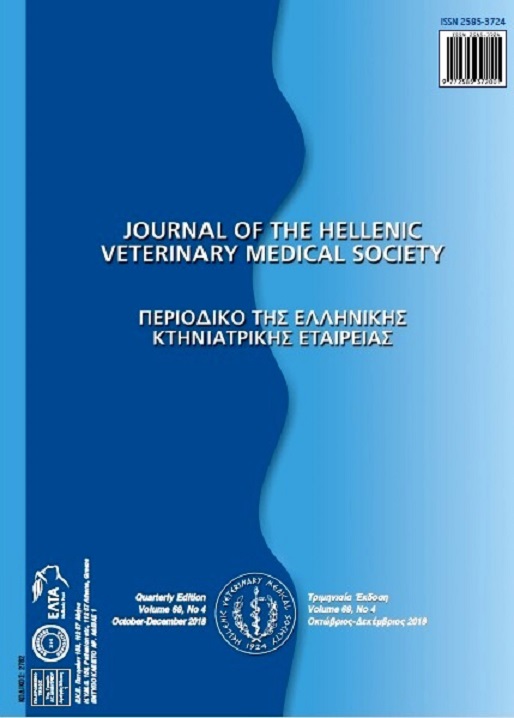Evaluation of Novel Probiotic Bacillus Strains Based on Enzyme Production and Protective Activity Against Salmonellosis
Resumen
Probiotic strains of Bacillus Species are used in industrial poultry production because of their ability to produce enzymes enhancing the absorption of food, and their ability to reduce the risk of Salmonella spp. infection. The aim of this study was to isolate native potential probiotic Bacillus spp. with the ability to produce enzymes and attachment to intestinal epithelial cells in order to prevent Salmonella typhimurium infection. First, 25 samples of chicken feces were collected from 7 industrial poultry in Golestan province located in north of Iran. Bacillus species from samples were isolated on nutrient agar. These strains were evaluated for the ability of producing amyalse and phytase and their probiotic characteristics such as bile salt, acid and antibiotic resistance, the ability to attach to intestinal epithelial cells and inhibit Salmonella typhimurium invasion. Then selected isolates were identified based on 16S rDNA. Results showed that from 86 isolated, 4 Bacillus strains had desirable characteristics such as the ability to produce phytase and amylase and having suitable probiotics features. We identified K03, K02, and K20 isolates as Bacillus tequilensis and K20 as Bacillus subtilis. Bacillus tequilensis K03 showed the highest attachment ability to intestinal epithelium cells and could inhibited Salmonella typhimurium attachment.
Article Details
- Cómo citar
-
Ghorban Hosseini, N., Modarressi, M. H., Mousavi, S. N., & Tajabadi Ebrahimi, M. (2019). Evaluation of Novel Probiotic Bacillus Strains Based on Enzyme Production and Protective Activity Against Salmonellosis. Journal of the Hellenic Veterinary Medical Society, 69(4), 1205–1212. https://doi.org/10.12681/jhvms.16089
- Número
- Vol. 69 Núm. 4 (2018)
- Sección
- Research Articles

Esta obra está bajo una licencia internacional Creative Commons Atribución-NoComercial 4.0.
Authors who publish with this journal agree to the following terms:
· Authors retain copyright and grant the journal right of first publication with the work simultaneously licensed under a Creative Commons Attribution Non-Commercial License that allows others to share the work with an acknowledgement of the work's authorship and initial publication in this journal.
· Authors are able to enter into separate, additional contractual arrangements for the non-exclusive distribution of the journal's published version of the work (e.g. post it to an institutional repository or publish it in a book), with an acknowledgement of its initial publication in this journal.
· Authors are permitted and encouraged to post their work online (preferably in institutional repositories or on their website) prior to and during the submission process, as it can lead to productive exchanges, as well as earlier and greater citation of published work.



